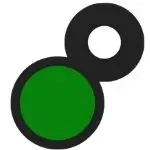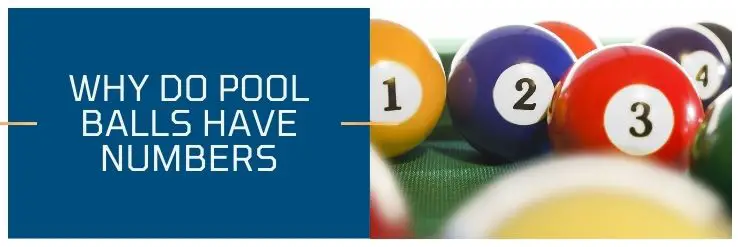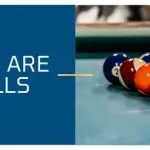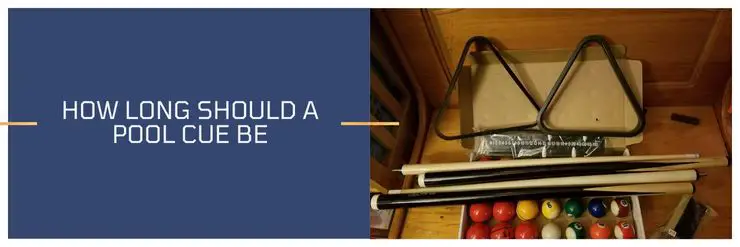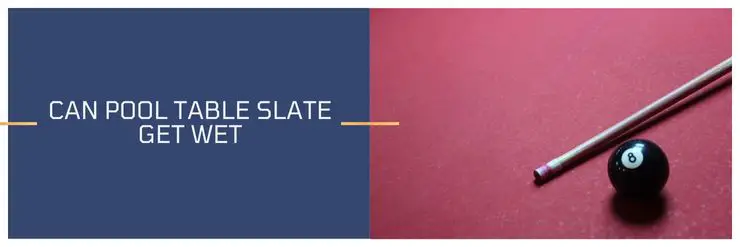Don’t you just love playing pool? It’s such a fun game. But have you ever wondered why the balls have numbers on them? Well, today we’re going to take a look at that and find out why do pool balls have numbers?
The numbered balls make it easier for players to keep track of the game. The numbers are an essential part of some pool games, like nine-ball. The numbers on pool balls also provide an additional reference point, say for people who struggle with seeing colors.
This article will take a deeper look at why numbers are needed on pool balls and answer some common questions around this topic, such as what the numbers are and are the printed on both sides of the pool ball.
Why do pool balls have numbers
When most people think of pool, they picture a room with a green felt-covered table, a cue stick in hand, and balls numbered one through fifteen scattered around the table. But have you ever stopped to wonder why pool balls have numbers?
There are a few reasons why pool balls are numbered.
- It helps to keep track of the balls during gameplay.
- It allows players to easily distinguish between the cue ball and the other balls.
- It can add a bit of fun and excitement to the game.
In some games, the numbers can be used to determine which ball should be struck first in a particular game.
For example, in nine-ball, the numbers are used to determine the order of the balls. The player must strike the lowest numbered ball first and then sink any other ball that is legal.
Its worth noting that not all pool balls, or even billiard balls are numbered. for example, carrom balls are colored, not numbered; same for snooker.
English pool balls are usually red and yellow which are not numbered. The black on the other hand may show its number, number 8.
So whether you’re shooting pool in a casual setting or competitively, those numbered balls serves an important purpose.
What are the numbers on pool balls
Standard American pool balls are usually a solid color or a solid color with a stripe. The two styles of pool balls are usually distinguished between the “teams”.
On one style of pool ball, there will be numbers 1-7 on the solid-colored balls and on the stripes will be 9 -15 on the other team.
The 8-ball is usually a solid black color.
The balls and colors are as follows:
| Number | Type | Color |
| 1 | Solid | Yellow |
| 2 | Solid | Blue |
| 3 | Solid | Red |
| 4 | Solid | Purple |
| 5 | Solid | Orange |
| 6 | Solid | Green |
| 7 | Solid | Burgundy |
| 8 | Black | Black |
| 9 | Stripe | Yellow |
| 10 | Stripe | Blue |
| 11 | Stripe | Red |
| 12 | Stripe | Purple |
| 13 | Stripe | Orange |
| 14 | Stripe | Green |
| 15 | Stripe | Burgundy |
| White | White |
There are other variations of pool that use different numbers and colors of balls. However, the standard American pool uses the balls and colors described above.
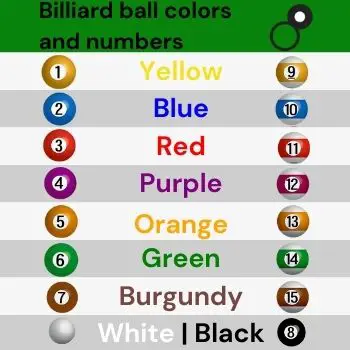
Do pool balls have numbers on both sides
Most pool balls have numbers on both sides. The numbers on the balls are used to determine which ball goes into which pocket.
The reason that the numbers are on both sides is so that they can be seen from anywhere on the table.
There is also cue balls, which is white and does not have any numbers on it.
While most pool balls have numbers on both sides, there are some that only have numbers on one side. These balls are usually used for decorative purposes or for games that do not require numbered balls.
Conclusion
Pool balls have numbers for a few reasons: to help keep track of the balls, to make it easier for players to distinguish between balls, and to add excitement to the game. The numbering system can vary depending on the type of pool being played, but the standard American pool game uses numbered balls with colors as described above. Most pool balls have numbers on both sides.
Rob is an avid player and fan of all cue sports, particularly 8-ball, and snooker. He has competed in a few local 8-ball tournaments and although he is not a professional, he can compete with the best of them.
